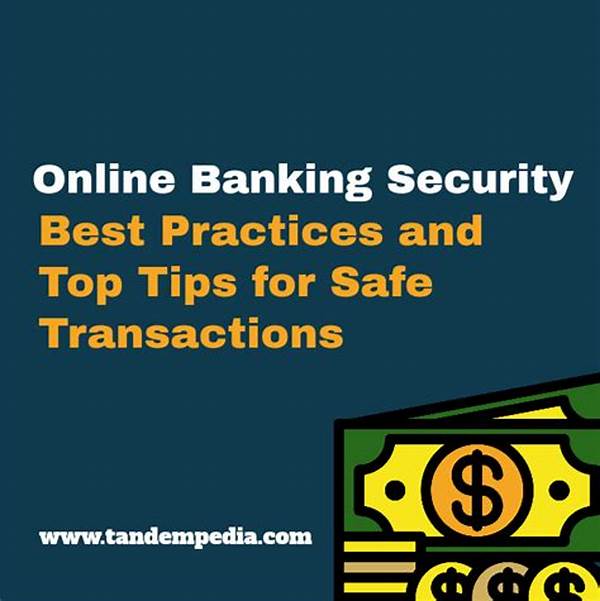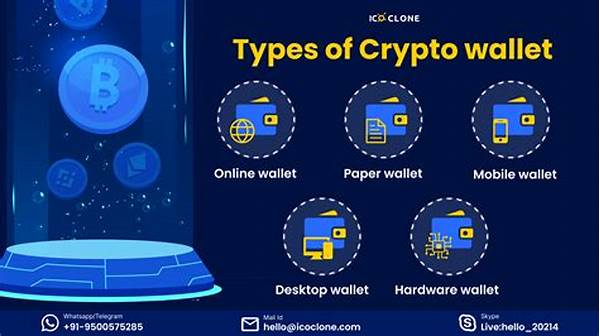Best Practices For Safe Online Transactions
Best Practices for Safe Online Transactions: A Guide to Secure Digital Commerce
Read More : Why Stablecoins Are Trending In 2025
In today’s fast-paced digital world, online transactions have become an indispensable part of our daily lives. From purchasing our favorite items to subscribing to essential services, the internet offers unparalleled convenience and accessibility. However, with this ease comes the potential risks associated with online shopping, making it crucial to understand the best practices for safe online transactions. This article aims to illuminate practical strategies to ensure your internet transactions remain secure, providing peace of mind in your digital dealings. Now, grab a cup of coffee, sit back, and let’s explore how to protect your custom-made sneakers or that last-minute gift purchase from becoming a nightmare, courtesy of malicious cyber threats.
When it comes to online transactions, ensuring safety should be your top priority. The key is not just being aware but implementing actions that fortify your digital presence. For every dollar you save shopping online, unbeknownst to you, hackers are weaving webs to catch unguarded transactions. But fear not; by following best practices for safe online transactions, you can thwart their malicious intentions. These practices range from choosing secure payment methods to keeping your devices updated against vulnerabilities.
The foundation of secure online transactions begins with your awareness. Many people believe that merely having antivirus software is sufficient, but the reality is quite the opposite. Safe online habits are your first line of defense against cybercriminals. As the e-commerce landscape continues to evolve, so do the tactics employed by those with nefarious intentions. Simple actions like checking for the ‘HTTPS’ across a site’s URL or scrutinizing the credibility of a seller can decide whether your transaction is secure. Delve into the rich world of online shopping with the assurance that you have the tools and knowledge to dodge those treacherously sweet deals that might be traps in disguise.
The era of technological convenience doesn’t mean compromise on safety. With these best practices for safe online transactions at your disposal, you can make informed decisions, protect your sensitive information, and enjoy the limitless potential of the internet without fear. Surrounded by the right information and security measures, your journey through the digital marketplace will not only be safe but an enjoyable aspect of modern living.
Secure Online Shopping: What You Need to Know
Understanding the nuances of secure online shopping is akin to learning a lifelong skill, and in today’s digital-commerce-driven world, its importance cannot be overstated. Have you ever stopped to wonder if that exclusive online offer could be too good to be true? Often, scammers appeal to our desires by offering heavily discounted deals and exclusive offers. These phishing traps, once believed to be secure and verified, can cost a heavy blow, especially when personal and financial details are at stake. Read on to learn essential tips that teach you to distinguish genuine offers from dubious scamming tricks.
Protecting your finances isn’t just about securing your data – it’s a mindset. While official websites and verified sellers go to great lengths to promise security, your vigilance in checking for certification logos, security badges, and PayPal-authenticated payment methods acts as an armor against cybersecurity threats. Don’t just rely on sellers to keep your data safe. Keep your device clean and secure; update your operating system and antivirus software regularly. Only transact over private, secure networks, and never a public Wi-Fi network where hackers can easily intercept your data.
Indeed, the path to becoming a savvy online shopper is a narrative of continuous learning and application of the best practices for safe online transactions. From avoiding ‘too good to be true’ deals to being wary of apps requesting unnecessary permissions, practice discernment, and let your online escapades yield satisfaction, and more importantly, security. So go forth with confidence, equipped with the knowledge to transform your online shopping experience into a secure and enjoyable undertaking.
—
Additional Insight: Mastering Safe E-transactions
Beyond the realm of just shopping, every digital transaction welcomes nuances that demand attention. A simple ride-share payment or an intuitive e-learning subscription requires a thorough understanding of best practices for safe online transactions. Who you grant access to your billing information, how often you review your bank statements for discrepancies, and even how you choose your passwords – all matter more than ever in this age when our digital footprints speak.
A testimony to the importance of adhering to these best practices is Alice, an ordinary consumer who encountered a sophisticated phishing attack. Approached with a lucrative offer on fake branded apparel, she almost clicked on the dubious link sent via email. Fortunately, she remembered the tips from a blog on safe online transactions and ran a quick security check. The site failed verification, dodging a potential monetary disaster. Her learnings emphasize that nobody is too ordinary to fall prey to internet scams.
The umbrella of safe online transactions isn’t limited to shopping alone but spans every spectrum where money and information exchange occur digitally. It’s about fostering a culture of digital responsibility and empowerment. Be it enabling two-factor authentication for a safety net or being cautious in app permissions; mastering the art of secure online dealings is necessary. As the digital world continues to interweave with everyday life, remaining informed and intuitive remains your strongest ally.
Strategies for Ensuring Secure Online Transactions
The world of online transactions is vibrant yet fraught with potential traps. To navigate this dynamic landscape proficiently means embracing best practices for safe online transactions as a way of life. As these practices are cultivated and shared, they transform not only the individual’s experience but promote broader financial health and security in the digital marketplace.



